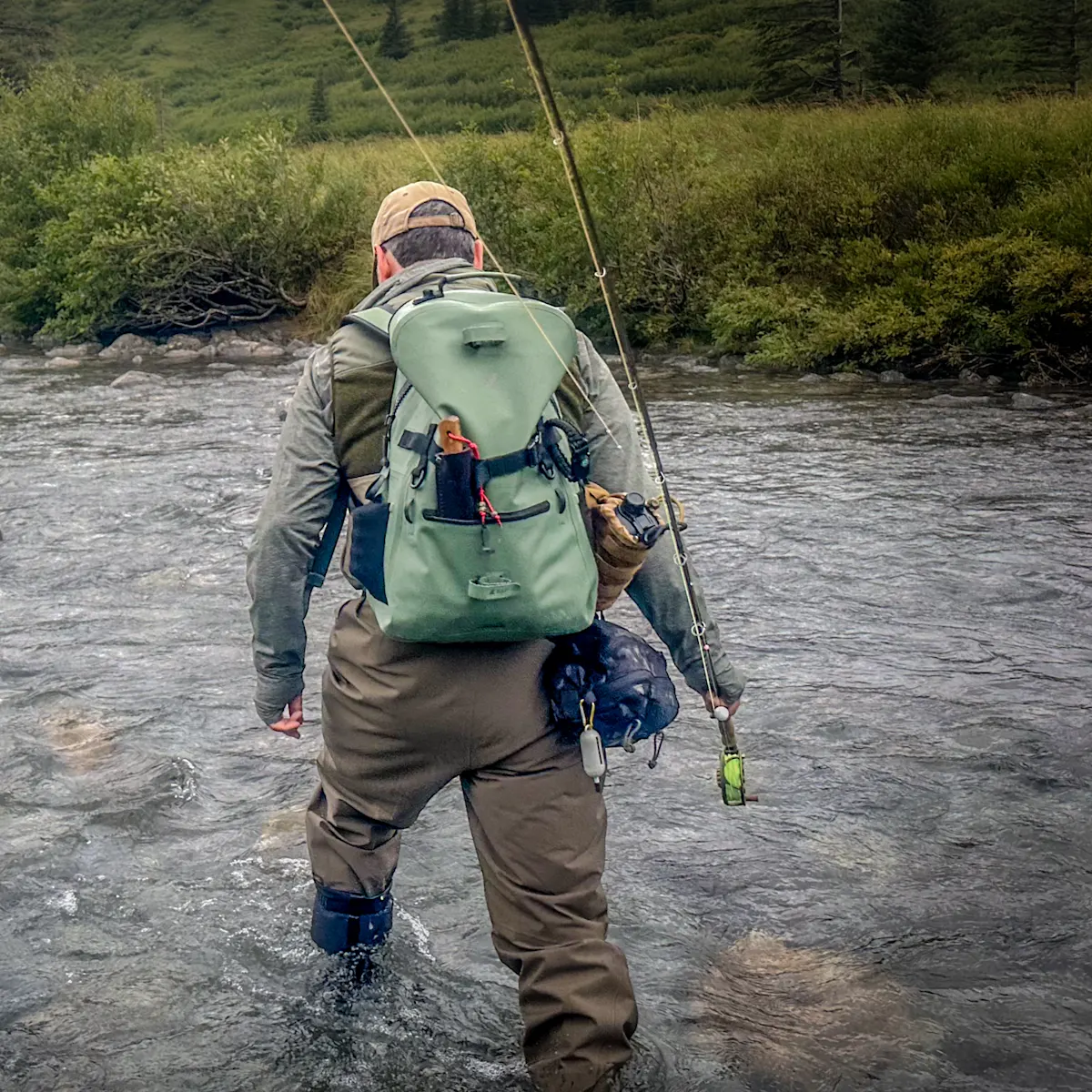Understanding the Importance of a Fly Fishing Backpack
When planning a successful day on the water, choosing the right Fly fishing backpack can make all the difference. A high-quality fly fishing backpack ensures that your gear is organized, accessible, and protected, allowing you to focus on casting and catching rather than scrambling for your equipment. Whether you are a seasoned angler or just starting, the right backpack combines comfort, durability, and storage capacity tailored to your specific fishing style. The comparison of various fly fishing backpack options helps you make an informed decision that will enhance your overall fishing experience.
Key Features to Consider in a Fly Fishing Backpack
When comparing different fly fishing backpack models, it is essential to evaluate several critical features. Storage capacity is a top priority, as it determines how much gear, flies, and accessories you can carry without feeling overloaded. Compartments and specialized pockets allow anglers to organize their gear efficiently, keeping items like tippet spools, fly boxes, and tools within easy reach. Comfort is equally important, as a well-padded back panel and adjustable straps reduce strain during long days on the river. Material durability and water resistance are crucial, as a fly fishing backpack must withstand wet conditions, mud, and frequent use. Additionally, look for backpacks with exterior attachment points for rods, nets, or waders to expand carrying versatility.
Top Fly Fishing Backpack Designs
Fly fishing backpacks come in several designs suited to different angling needs. Sling-style backpacks are ideal for quick access, allowing you to swing the pack around to reach your gear without removing it. Traditional backpacks offer more storage and better weight distribution, making them suitable for long hikes or carrying heavier loads. Chest packs, while smaller, provide excellent mobility and keep essential tools close at hand. Comparing these designs helps you determine which style aligns best with your fishing habits and body comfort. Many anglers choose to combine a backpack with a smaller chest pack for maximum flexibility.
Durability and Material Comparison
A quality fly fishing backpack must be constructed from robust, water-resistant materials. Nylon and polyester are common choices, offering lightweight durability and resistance to tears or abrasions. Some backpacks feature reinforced bottoms and waterproof coatings, providing additional protection against wet conditions. Zippers and buckles also play a vital role in longevity, with heavy-duty hardware ensuring that your fly fishing backpack stands up to repeated use. Comparing material quality and construction details across various models can help you avoid a backpack that wears out prematurely or fails to protect your gear.
Comfort and Fit Evaluation
Comfort is a decisive factor in choosing a fly fishing backpack, particularly if you plan to carry it for long periods. Ergonomic designs, adjustable shoulder straps, and padded back panels distribute weight evenly, preventing fatigue and discomfort. Ventilated back panels reduce sweat build-up, which is beneficial during hot summer fishing trips. When comparing different backpacks, consider trying them on with a load similar to what you would carry on the water. This practical test ensures the backpack fits your body type and feels stable during movement, which enhances your overall fishing experience.
Special Features to Enhance Your Fishing Experience
Modern fly fishing backpack models often include specialized features to streamline your time on the water. Built-in hydration packs, detachable fly boxes, and tippet dispensers are examples of innovations that reduce the need to carry extra gear separately. Some backpacks include attachment points for nets or rods, while others have integrated waterproof compartments for electronics or valuables. Comparing these features allows you to select a backpack that matches not only your storage needs but also your preferred fishing style and convenience level.
Making the Right Choice
Ultimately, the best fly fishing backpack for you depends on your priorities and how you plan to use it. Consider storage capacity, comfort, durability, and additional features when comparing different models. By carefully evaluating your options, you can find a backpack that keeps your gear organized, accessible, and protected while allowing you to enjoy every moment on the water. Investing in the right fly fishing backpack ensures a more enjoyable, efficient, and productive fishing experience, making it an essential tool for any angler.




